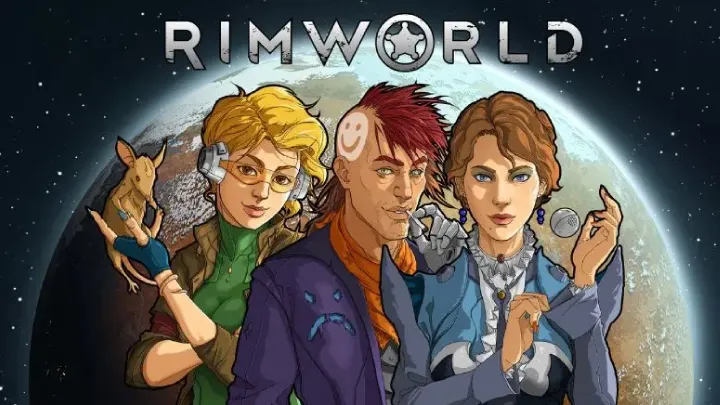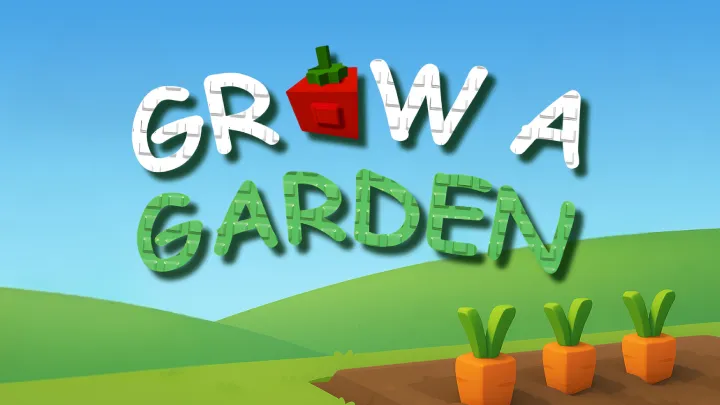Magic Chess GO GO, much like other auto-battler strategy games, is layered with complex mechanics that separate casual players from masters of the game. One of the least flashy but most impactful elements lies in early-game economy management. While players often focus on synergy and powerful late-game units, the truth is that your choices in the first 10 rounds largely determine your endgame power. This article explores in depth the intricacies of early-game gold, interest, and unit buying strategies, with a chronological structure that mirrors a typical game.
1. The Opening Moments: Understanding Your Starting Gold
Every game of Magic Chess GO GO begins with limited gold and random unit selections. At this stage, the temptation is to buy the strongest unit on the board. However, veteran players know that every coin spent must be weighed against long-term interest.
The starting 2–5 gold can decide whether you’ll commit to an early synergy or preserve for economy. Buying too early may give you temporary strength but will weaken your scaling potential. Many players overlook that the first three rounds don’t punish you heavily for losing, which makes them an ideal time to prioritize savings.
Not every unit bought in round one is worth keeping. Overcommitting resources here reduces flexibility. Sometimes it’s better to sell back weak units to secure future interest.
2. Round 1–3: Choosing Between Strength or Savings
The first three rounds act as a testing ground for your strategy. Players often debate between two approaches: spending gold to win streak or saving gold to maximize interest.
A win-streak strategy gives immediate power and early HP safety, but requires consistent unit upgrades. In contrast, saving early builds a stronger economy, potentially giving you overwhelming strength later.
If you buy aggressively and fail to upgrade units, your gold burns away while your board still crumbles. A failed win streak can ruin both your HP and your economy.
3. Round 4–6: The First Critical Pivot
By round 4–6, you start encountering tougher opponents. This is the first major pivot window: deciding whether to commit to a synergy or continue preserving gold.
At this stage, advanced players carefully track enemy boards. If many players are contesting the same synergy (like Beast or Mage), it’s smarter to hold gold and wait for clearer opportunities.
Checking how many players chase the same faction or class gives a massive advantage. Competing directly for the same heroes can cripple your economy and progress.
4. The Power of Interest: Building Towards 10 Gold
Interest is one of the most misunderstood mechanics in Magic Chess GO GO. Every 10 gold saved yields 1 extra coin per round, up to a maximum of 5. Hitting this early makes a massive difference.
For example, a player who reaches 10 gold by round 5 can end up with 50 gold much faster than someone constantly hovering around 6–9 gold. This exponential growth fuels higher-level rolls and powerful late-game heroes.
Smart players focus on multiples of ten: 10, 20, 30, 40, 50. Even selling a weak unit to hit the threshold is worth it, because interest is the engine of late-game dominance.
5. Round 7–9: Balancing HP and Economy
These rounds mark the tension between economy and survival. If you’ve been saving gold, you might be weaker than win-streak players. Losing here is fine—as long as you don’t drop too much HP.
Experienced players accept early HP loss as an investment. The real danger is panic-spending to stop losing, which breaks your interest cycle. Knowing how much damage you can absorb before stabilizing separates good from great players.
Many pros recommend staying above 60 HP before the mid-game. Below that, you risk being eliminated before your economy can turn into real power.
6. The First Carousel and Item Decisions
Items enter play around this stage, and they’re just as vital as economy. A well-timed item can allow weaker units to hold the line while you continue saving.
For example, giving defensive items to a tank can sustain your board long enough to preserve HP. Offensive items on cheap early carries can keep streaks alive without heavy investment.
Never hesitate to put items on temporary units. The value of survival and streak preservation often outweighs waiting for the perfect late-game carry.
7. Round 10: The First Power Spike Opportunity
Reaching round 10 is a turning point. By now, you’ll likely have 20–30 gold if you’ve prioritized economy. This is where you must decide: continue building interest or invest in stabilizing.
Rolling for 2-star upgrades here can prevent further HP loss, but over-rolling destroys your growth. The strongest players master the balance: spending just enough to stop bleeding, but not so much that interest stalls.
8. Round 11–13: Stabilizing the Mid-Game
The mid-game begins here, and it’s the true test of whether your early economic plan worked. Players who saved wisely now have the flexibility to level up faster, roll more aggressively, or chase rare synergies.
At this point, positioning also becomes crucial. Even with a strong economy, poor placement can undo your advantage. Watching enemy formations and countering them ensures that your investments pay off.
9. The Economy Snowball: Why Early Choices Echo Late
By the time you enter mid-game, the difference between a player who hit 50 gold early and one who didn’t is massive. The economic snowball means that even losing players can suddenly surge in strength after saving interest.
This is why early decisions matter so deeply. A player who sacrificed temporary strength for long-term economy often ends up overtaking aggressive opponents who burned resources too quickly.
10. Lessons Learned: Refining the Early Game Economy
Mastering the early-game economy in Magic Chess GO GO isn’t about memorizing fixed builds—it’s about adaptability. Each round presents new choices: whether to spend, save, or pivot. The best players are those who read the game state and adjust while never losing sight of the long-term goal.
Key lessons include:
- Don’t overcommit to weak units early.
- Use the first 3 rounds as an economic foundation.
- Prioritize hitting interest thresholds (10/20/30/40/50).
- Accept early HP loss if it means stronger scaling later.
- Pivot based on contested synergies and item drops.

















